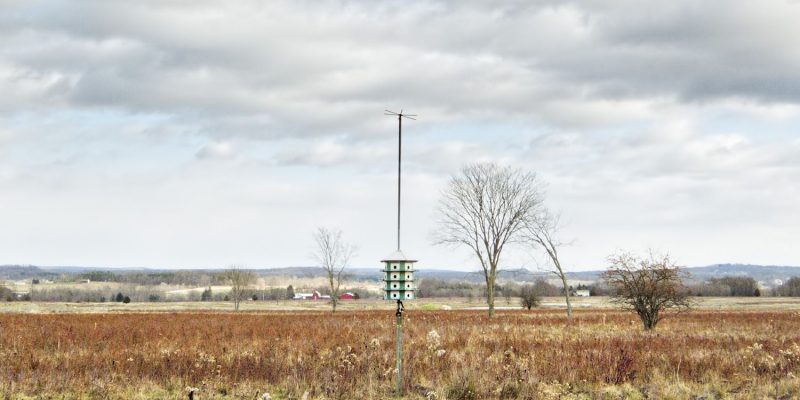
Gardiner Receives Major Grant for Wetlands and Watercourse Law
By Janet Kern
From Issue 11: Summer 2011
In May of this year, the Hudson River Estuary Program awarded a major grant of $36,000 to the Gardiner Environmental Commission (ECC) and the Town of Gardiner to research, draft and present a Wetlands and Watercourse amendment to Gardiner’s new Zoning Law. Through the Estuary Program, New York State will provide outright funding of $27,000, with the $9,000 balance met by the value of in-kind services from ECC members and grant administration by the Town.
A rudimentary wetlands and watercourse section is included in current zoning. It was, however, always the intent of the Town Board to produce a comprehensive Wetlands and Watercourse Law subsequent to the passage of the 2008 Zoning law so that this crucial legislative component could benefit from the rigorous science and attention to detail requisite to its effectiveness. Despite existing state and federal wetlands laws, many if not most wetlands fall outside of their parameters. Both the state and the DEC prefer that municipalities exercise home-rule to create local laws. The Town Board therefore directed the ECC to undertake this work, and to this end the ECC and the Town of Gardiner applied for the Hudson River Estuary grant
Gardiner’s surface and groundwater are essential resources; all of our potable water comes from groundwater, which also flows underground to the sea via the Hudson River estuary. And groundwater is connected to the surface waters of the Wallkill and Shawangunk Kill Rivers and their tributaries, which are Hudson River tributaries. The source of both ground and surface water is the precipitation which falls in the watershed. It percolates down through the permeable soils at the surface of deep wetlands, recharging groundwater. We use some of the fresh water to keep alive, to run homes and industries, for recreation and agricultural productivity, and to provide habitat for the plants and animals that also support our existence.
Wetlands are the source of groundwater recharge, but they also absorb and slowly release huge volumes of precipitation back to surface waters, greatly reducing flooding severity. In the past two years, Gardiner has suffered severe flooding three times. Whether this was coincidental or the result of global warming climate change is unknown; however, protection of wetlands is crucial for mitigating the severity of future floods which are predicted to result from climate change.
The proposed work has three stages:
• mapping
• creating draft wetlands/watercourse legislation for presenta-
tion to the public
• creating a final draft wetlands/watercourse zoning law amen-
ment responding to public comment for presentation to the
Gardiner Town Board
Unlike soil, water is not defined by boundaries. It falls from traveling clouds. It flows from acre to acre; it seeps through veins of rock and soil into an aquifer mosaic. When it comes to water, anyone’s is everyone’s. As the ECC begins to write the wetlands/watercourse law with the assistance of land-use experts and legal guidance, community stakeholders such as farmers, families, realtors, environmentalists and business owners, will be “at the table” to share their concerns, experiences and insights with the drafting team. We dearly hope that a law created with the community will produce legislation embraced by the community, thereby withstanding the vagaries of electoral change and forever protecting our most fundamental shared resource: our water.
